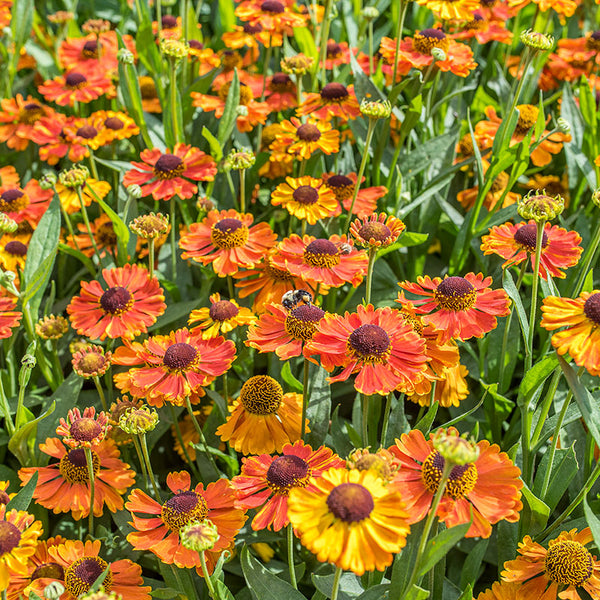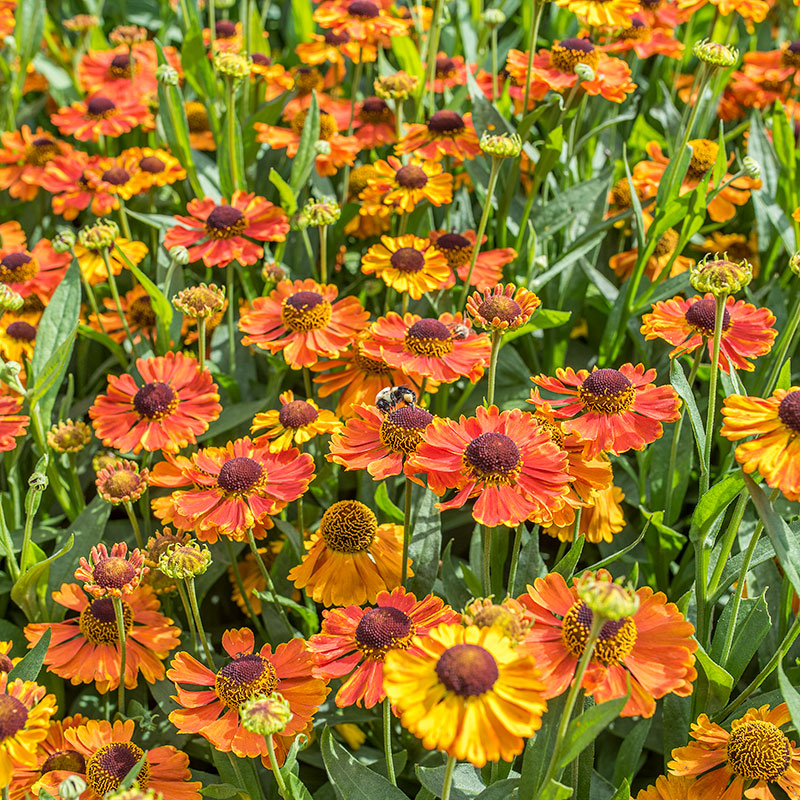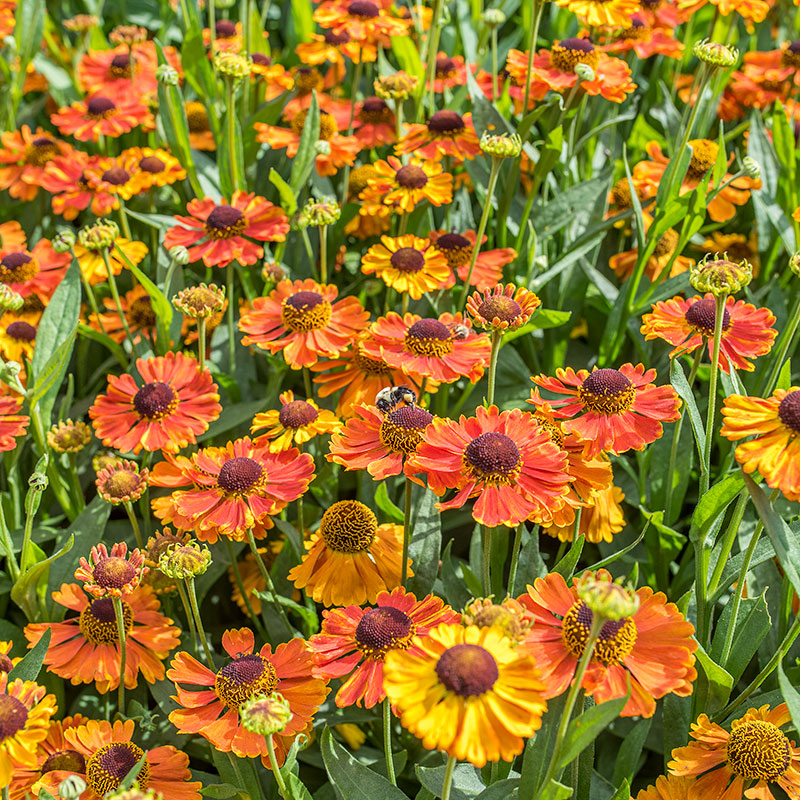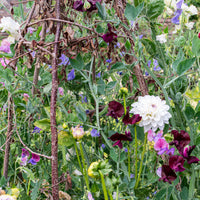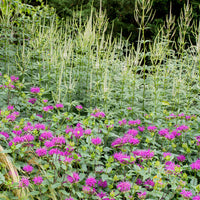WHEN TO SET OUTSIDE
Set in the ground when a light frost is still possible in spring, or in late summer to early autumn.
PLACEMENT & CULTIVATION
A beautiful native flower, Helenium or sneezeweed, is found in wet meadows and along sunny pond edges. It seamlessly transitions to humus-rich soil in borders, where its bright flowers enliven midsummer and fall gardens and pair beautifully with grasses. Cut back in early June to promote additional branching and flowering and a more manageable size that will not need staking. Deadhead, if desired, for extended bloom, or allow the seedheads to add interest to late fall and winter gardens. Deer-resistant, it attracts butterflies, bees, and beneficial insects and is a host plant for some butterfly caterpillars. Divide every 3-4 years. Caution: contains some toxic elements.
Watering Details:
Keep moist—water regularly and do not allow soil to dry out.
Soil pH:
Does best in slightly acidic to neutral soils, but will tolerate most pH levels.
Fertilizer:
Mix in a balanced organic fertilizer when planting and topdress with an inch of compost in spring. Too much fertilizer will cause plants to grow too tall.
Diseases & Pests:
No major pests or diseases. Occasional mildew or rust problems can be prevented by dividing every few years to allow for enough air flow.
When to Cut for Bouquets:
Cut when flowers 3/4 to fully open.






























